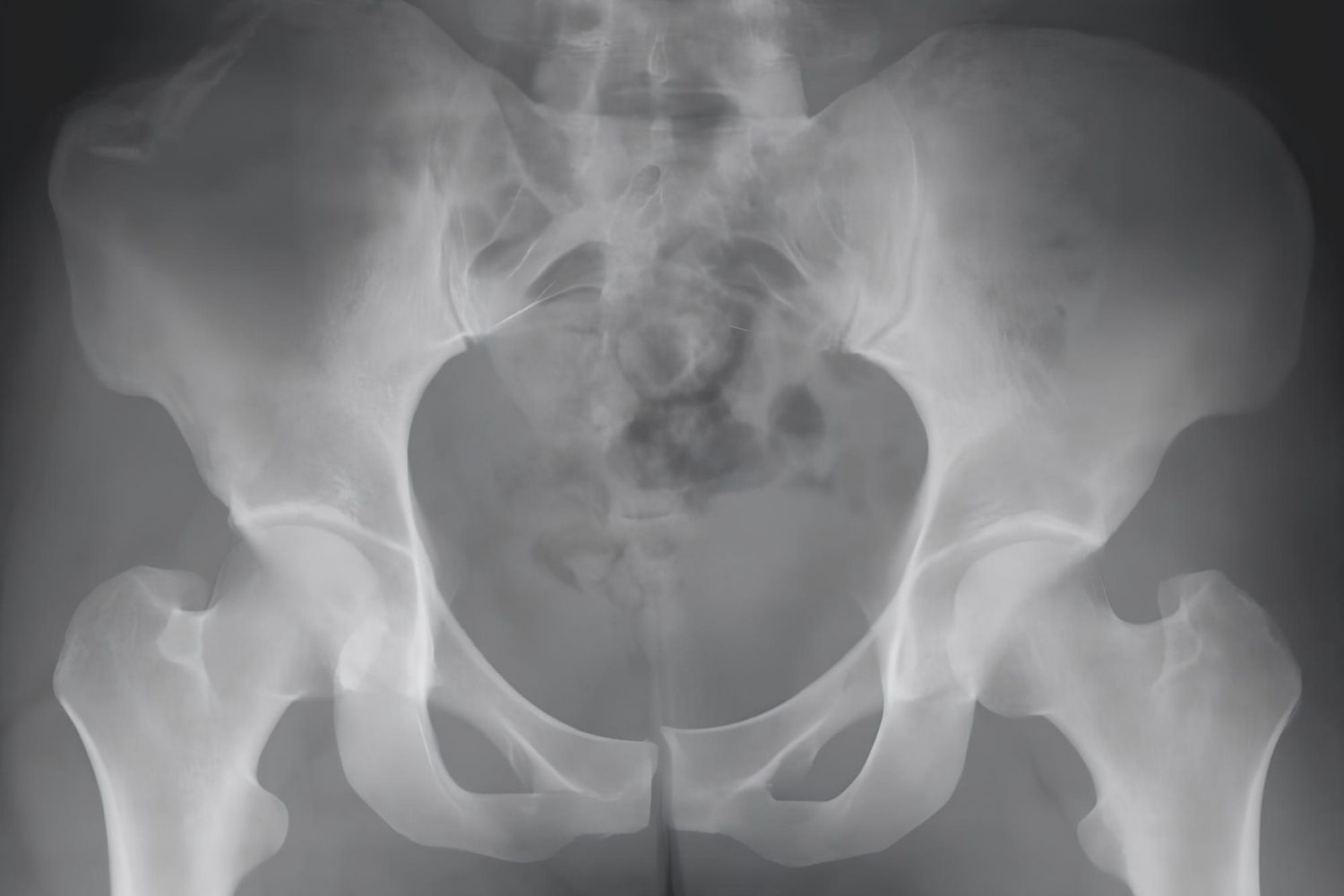
What is a Duverney fracture? A Duverney fracture is a specific type of pelvic injury. It involves a break in the iliac wing, which is part of the pelvis. This fracture usually results from direct trauma, like a car accident or a heavy fall. Unlike other pelvic fractures, it doesn't typically involve other parts of the pelvis, making it somewhat unique. Symptoms often include severe pain in the hip or groin area, difficulty walking, and swelling. Treatment usually involves rest, pain management, and sometimes surgery. Understanding this fracture can help in recognizing symptoms early and seeking appropriate medical care.
Key Takeaways:
- Duverney fractures are caused by high-impact injuries and can be extremely painful. Treatment involves rest, pain management, and sometimes surgery for recovery.
- Prevention tips include wearing seat belts, using protective gear in sports, and maintaining bone health through diet and exercise. Early intervention significantly improves recovery outcomes.
What is a Duverney Fracture?
A Duverney fracture is a specific type of pelvic fracture. It involves the iliac wing, which is the broad, flaring portion of the pelvis. These fractures are usually caused by direct trauma to the hip area.
- Named after French surgeon Joseph Guichard Duverney.
- Often results from high-impact injuries like car accidents.
- Can be extremely painful due to the involvement of major muscles and nerves.
- Typically diagnosed using X-rays or CT scans.
- Treatment often involves rest, pain management, and sometimes surgery.
Symptoms of a Duverney Fracture
Recognizing the symptoms can help in seeking timely medical attention. Here are some common signs to look out for:
- Severe pain in the hip or pelvic area.
- Swelling and bruising around the hip.
- Difficulty walking or standing.
- Numbness or tingling in the leg.
- Visible deformity in severe cases.
Causes of Duverney Fractures
Understanding what causes these fractures can help in prevention and awareness.
- Direct trauma from car accidents.
- Falls from significant heights.
- Sports injuries, especially in contact sports.
- Industrial accidents involving heavy machinery.
- Physical assaults or blunt force trauma.
Diagnosis of Duverney Fractures
Accurate diagnosis is crucial for effective treatment. Here’s how doctors typically identify these fractures:
- Physical examination to assess pain and mobility.
- X-rays to visualize the fracture.
- CT scans for detailed imaging.
- MRI scans in complex cases.
- Blood tests to check for complications like internal bleeding.
Treatment Options for Duverney Fractures
Treatment varies depending on the severity of the fracture. Here are some common methods:
- Rest and immobilization to allow healing.
- Pain management with medications.
- Physical therapy to regain strength and mobility.
- Surgical intervention in severe cases.
- Use of crutches or walkers to aid mobility.
Recovery Process
Recovery from a Duverney fracture can be lengthy but understanding the process can help manage expectations.
- Initial rest period of several weeks.
- Gradual reintroduction of weight-bearing activities.
- Regular physical therapy sessions.
- Monitoring for complications like infection or blood clots.
- Full recovery can take several months.
Complications Associated with Duverney Fractures
Complications can arise, making it important to monitor the healing process closely.
- Risk of infection after surgery.
- Potential for blood clots due to immobility.
- Chronic pain if the fracture doesn’t heal properly.
- Nerve damage leading to numbness or weakness.
- Arthritis in the hip joint over time.
Prevention Tips
While not all accidents can be prevented, some measures can reduce the risk of a Duverney fracture.
- Wearing seat belts in vehicles.
- Using protective gear in sports.
- Ensuring workplace safety protocols.
- Avoiding high-risk activities without proper precautions.
- Maintaining bone health through diet and exercise.
Interesting Facts about Duverney Fractures
Here are some lesser-known facts that might surprise you:
- Duverney fractures are relatively rare compared to other pelvic fractures.
- They were first described in the 18th century.
- These fractures can occur in both young and elderly individuals.
- Women are slightly more prone to pelvic fractures due to bone density differences.
- Early intervention can significantly improve recovery outcomes.
Historical Context
Understanding the history behind the name and discovery of Duverney fractures adds an interesting layer to this medical condition.
- Joseph Guichard Duverney was a pioneer in the field of anatomy.
- He made significant contributions to the understanding of bone structure.
- His work laid the foundation for modern orthopedic surgery.
- The naming of the fracture honors his contributions to medical science.
- Duverney’s research continues to influence orthopedic practices today.
The Final Word on Duverney Fracture
Duverney fractures, though rare, are significant injuries that demand attention. These fractures affect the iliac wing of the pelvis, often resulting from direct trauma. Recognizing the symptoms, such as pain and difficulty walking, is crucial for timely treatment. Medical professionals typically use imaging techniques like X-rays and CT scans to diagnose these fractures accurately.
Treatment varies based on the severity of the fracture. Non-surgical methods, including rest and physical therapy, are common for less severe cases. However, more complex fractures might require surgical intervention to ensure proper healing.
Understanding the causes, symptoms, and treatment options for Duverney fractures can help in managing this injury effectively. Staying informed and seeking prompt medical care can make a significant difference in recovery. Remember, knowledge is power, especially when it comes to health and well-being.
Frequently Asked Questions
Was this page helpful?
Our commitment to delivering trustworthy and engaging content is at the heart of what we do. Each fact on our site is contributed by real users like you, bringing a wealth of diverse insights and information. To ensure the highest standards of accuracy and reliability, our dedicated editors meticulously review each submission. This process guarantees that the facts we share are not only fascinating but also credible. Trust in our commitment to quality and authenticity as you explore and learn with us.
